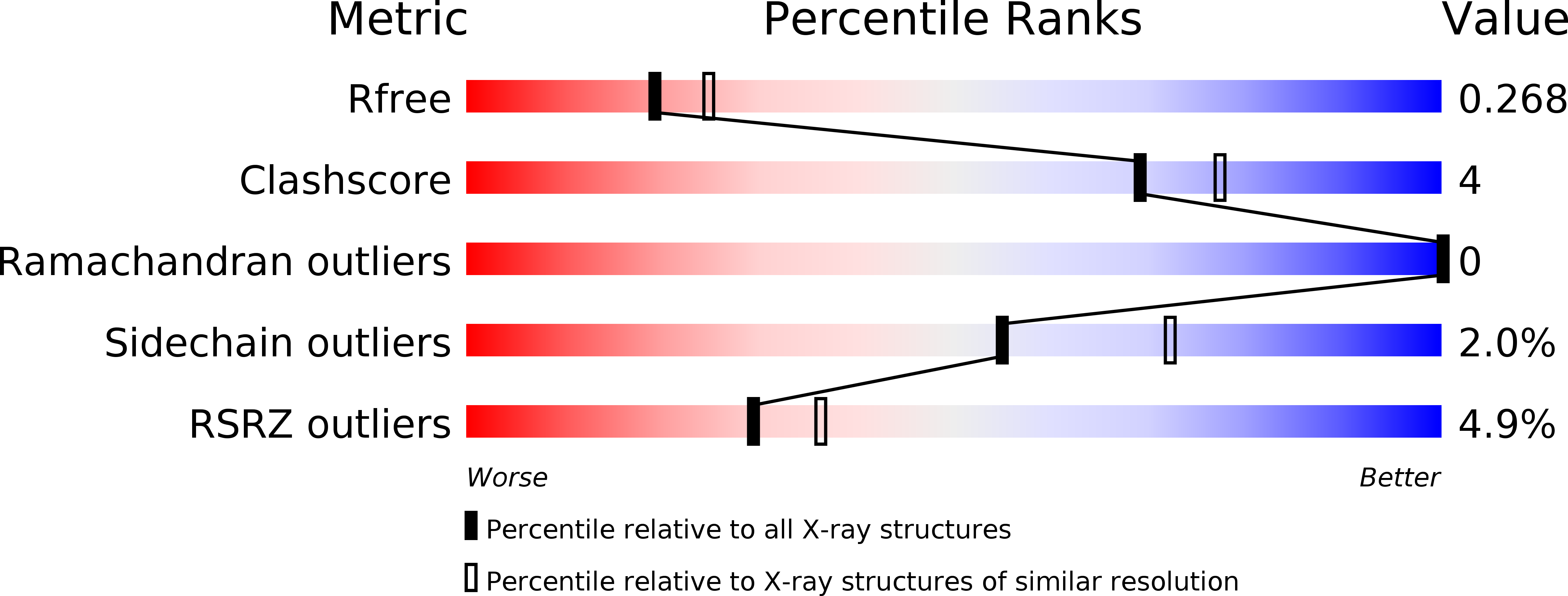
Deposition Date
2017-03-31
Release Date
2017-10-11
Last Version Date
2023-11-22
Entry Detail
PDB ID:
5XE3
Keywords:
Title:
Endoribonuclease in complex with its cognate antitoxin from Mycobacterial species
Biological Source:
Source Organism:
Host Organism:
Method Details:
Experimental Method:
Resolution:
2.30 Å
R-Value Free:
0.26
R-Value Work:
0.21
R-Value Observed:
0.21
Space Group:
P 1 21 1


